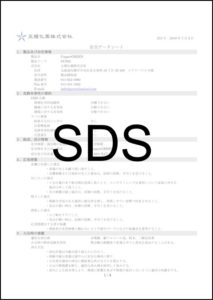POLARIC-NHS is a solvatochromic dye for protein labeling. It can label thiols via the amino group. For laser excitation, either 488 nm or 514 nm are appropriate.
The reason to recommend this buffer is that the reaction of NHS ester and primary amines is more efficient at alkaline pH. Instead, you can use other alkaline buffers such as HEPES/phosphate/borate buffers. Avoid to use Tris buffer because it has primary amines and inhibit the reaction of NHS with the target molecules.





 Contact Us
Contact Us
